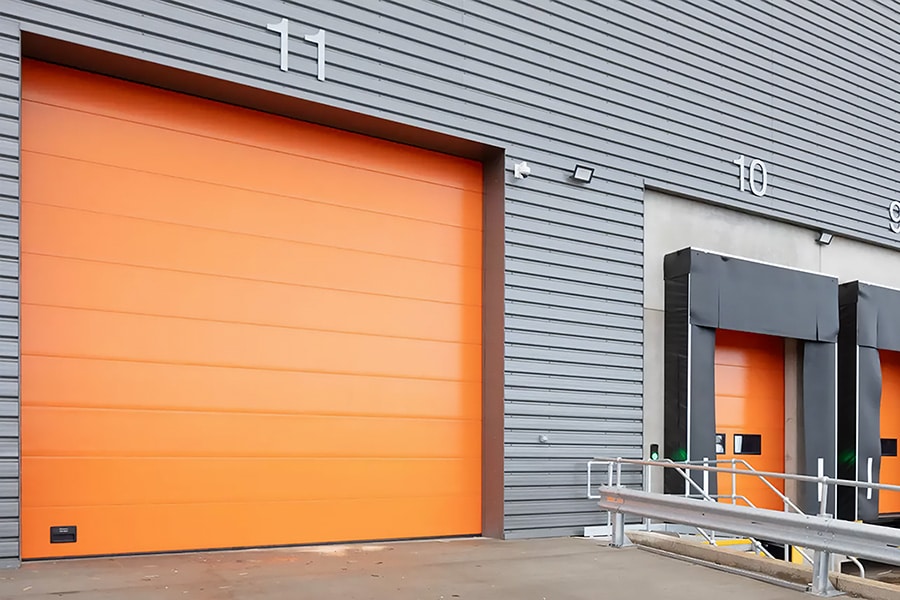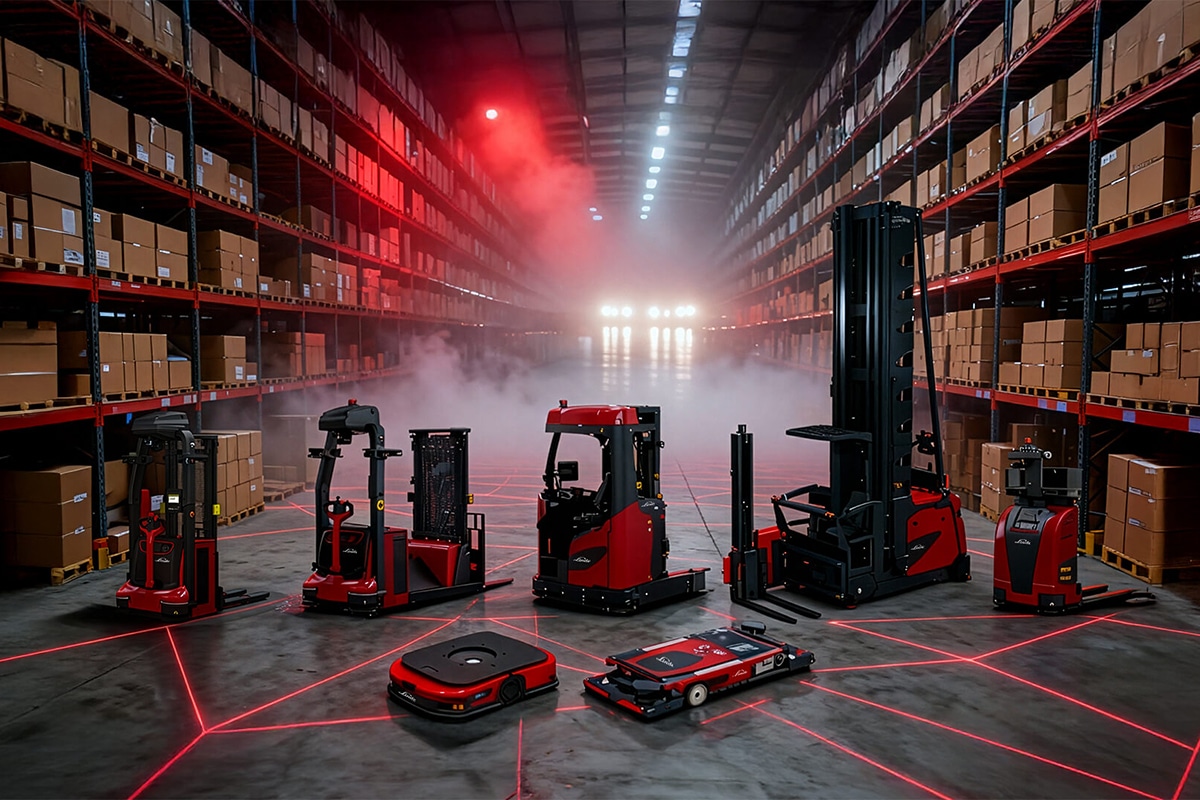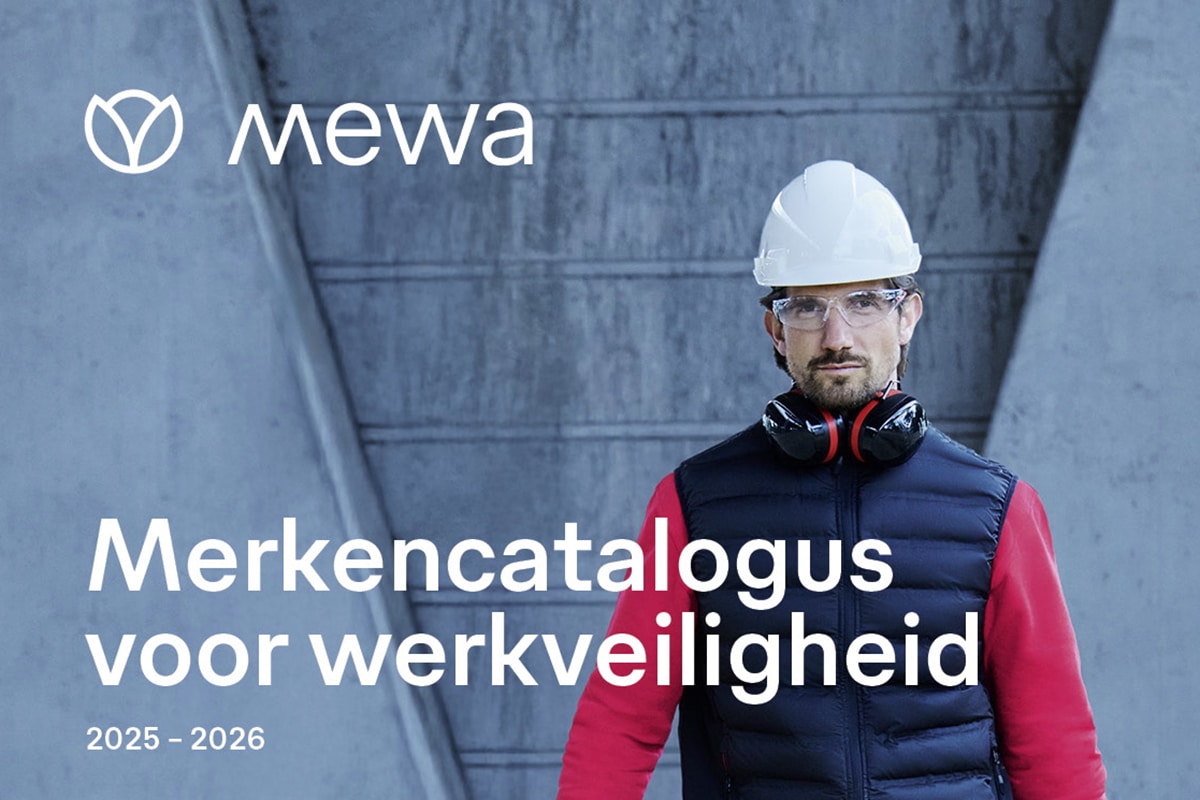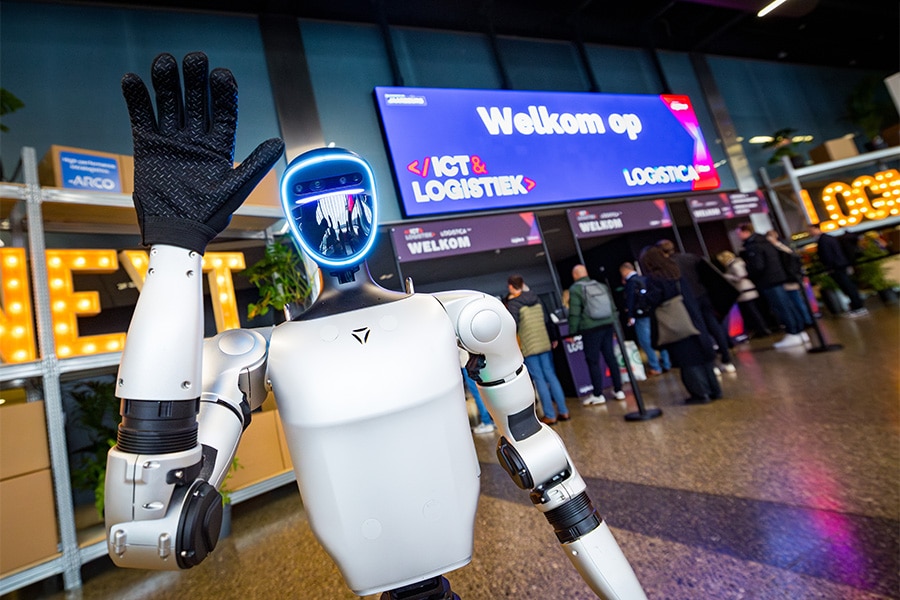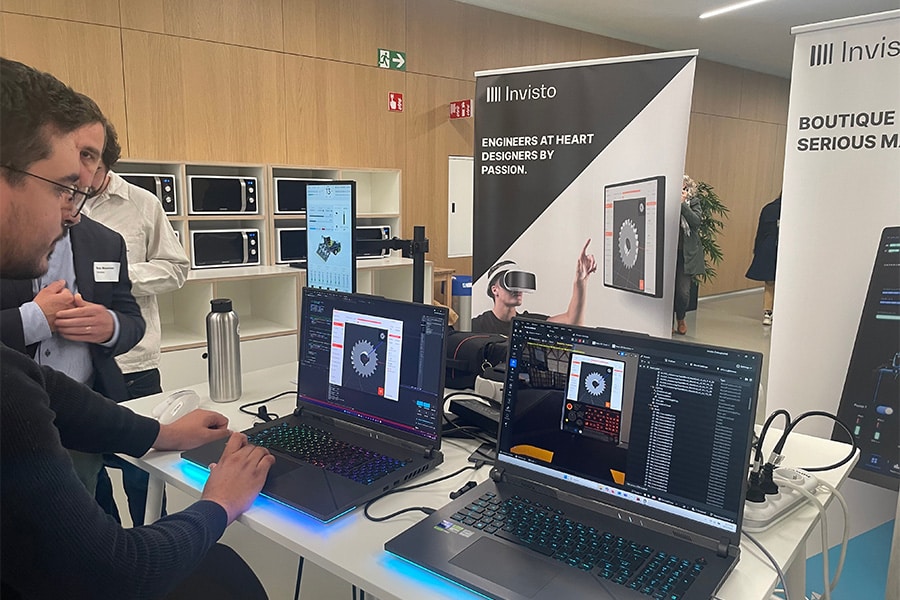
Successful first TETRA VE∞X (Virtual Engineering and eXperience) Discussion Forum
On April 25, the first TETRA VE∞X (Virtual Engineering and eXperience) Discussion Forum took place in Kortrijk, Belgium. About fifty production profiles, technology suppliers and researchers from the manufacturing industry discussed the challenges and opportunities of digital twins for optimizing production and logistics processes. Expert presentations alternated with practical business cases and interactive demos. Naturally, there was also room for networking.
The first Discussion Forum has its origins in the TETRA VE∞X project. VE∞X refers to Virtual Engineering and Experience. The starting point? The potential for using digital twins in production and logistics environments is very high. This TETRA project therefore sets itself two concrete goals. For manufacturing companies, machine builders and system integrators, with a focus on SMEs, it aims to provide an overview of opportunities for deploying virtual engineering and experience for production and logistics environments. For technology suppliers and consulting companies, it is about sharing knowledge about all kinds of simulation and emulation tools and AR/VR applications.
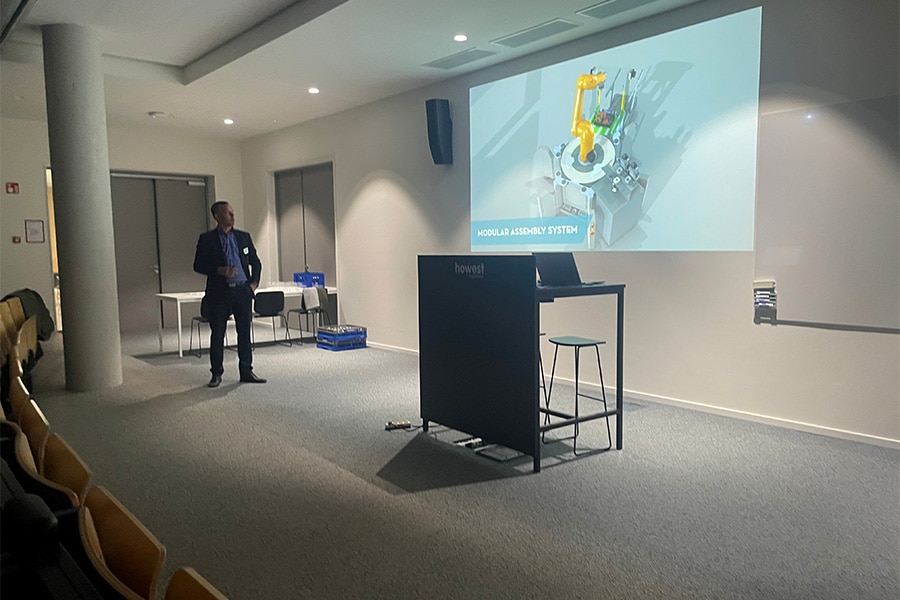
Connection between developers and users
To maximize the potential of digital twins and VR experience, supply and demand must come together. The input of the participants provides direction in the development of digital engineering and digital experience to match the needs of the industry. With success, according to Gertjan Vermeire, who handled the practical organization of the event: "Valuable things were shared and discussed, both during the plenary session and at the networking reception," he says with satisfaction. "We look back on the Discussion Forum with a very positive feeling."
Virtual models: nice-to-have or must-have?
In the morning there was a guidance group meeting, with the regular partners of the TETRA VE∞X project. This elaborated on the initial results of the project and discussed progress and next steps. Those who only joined in the afternoon immediately received a clear research framework from Prof. Dr. Johannes Cottyn (FlandersMake@UGent-ISyE). "Do we actually really need virtual models or are they just a nice-to-have?" With that question, Johannes immediately piqued curiosity. "For example, these tools are ideal for comparing different concepts to make a good choice for the real industrial environment. Or they allow virtual validation of logical programming and errors, so that you can physically switch quickly," he outlined some scenarios.
To delve deeper into the possibilities, challenges and how to tie knots when choosing your virtual tools, several other project researchers signed on present. Dr. Charlotte Larmuseau (Howest-HITlab) and Willem Bataillie (FlandersMake@UGent-ISyE) gave a presentation and demo on virtual engineering and virtual experience. About how advantages such as time savings, flexible design and risk-free testing outweigh disadvantages such as the sensitive start-up cost, the large computing power required and the complexity of integrating human actions in a virtual model. Afterwards, Dr. Matthias Schamp (FlandersMake@UGent-ISyE) presented an online comparison tool for all kinds of software and hardware, which is being developed within the TETRA project and can be freely consulted by anyone at https://vextool.isye.be/.
As a nice finale after the engaging afternoon session, there was a networking reception with snacks, drinks and a healthy dose of good conversation. A successful end to a tasted first TETRA VE∞X Discussion Forum.
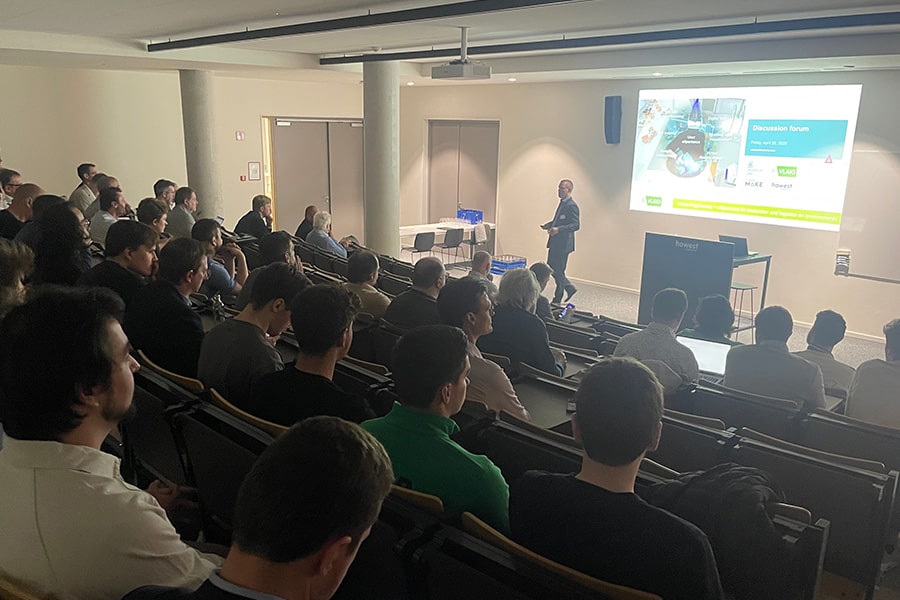
Real-life stories
Theory becomes even more relevant when linked to real experiences. Several practical experts shared their stories.
A brief overview:
> Thierry Jourquin, CEO of XRintelligence, provided insight into the adoption scale of XR among industrial companies, with Walloon cases.
> Jan Peelaerts of ViManPro explained how to set up a digital twin.
> Bob Messiaen of Invisto spoke about their digital shadow and TwinStage framework for simulation and training, or to track and operate machines in real time.
> Stijn Staelens and Kenny Depraeter of Dewilde Engineering presented their robotics, automation, camera technology and digital twin related to order picking and conveyors.
> Jochen Van Lysebettens of Vintecc told how they use digital twins and simulations to handle the massive amount of car transport in Europe's largest car terminal operator.
> Andreas Meersseman and Robin Vandenberghe of Actemium showed how simulations and digital twins are helping to create new or optimize existing plant designs.
